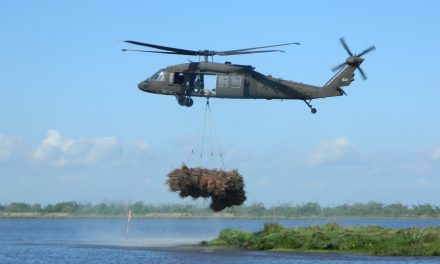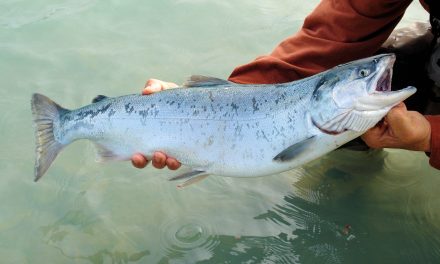A recent article by Oregon Public Broadcasting returned this past research to the forefront. In 2012, the Fungi Perfecti Research Lab, founded by mycologist Paul Stamets received a grant from the U.S. Environmental Protection Agency to test a concept called mycofiltration for removing bacteria from stormwater.
Mycofiltration involves using fungi as biological filters. What most people recognize as fungi — the umbrella-shaped mushrooms that sprout up in the backyard after a rain storm — are just the reproductive structure of certain types of fungi. Underground, fungal mycelium forms a mat. It is this part of the organism that gathers nutrients and water. According to Fungi Perfecti, many fungi consume bacteria and secrete antibacterial metabolites.
Stamets had some practical experience with mycofiltration when he bought the farm where his company is now headquartered. A leaky septic system and farm animals were contributing to fecal contamination downstream. After receiving a court order, Stamets created a 200-foot bioswale with wood chips and Garden Giant fungi that was able to achieve a 99% reduction in fecal coliforms.
Fungi Perfecti, with help from Washington State University’s Civil and Environmental Engineering Department, tested the ability of various fungi to remove Escherichia coli and found that the Garden Giant, also known as King Stropharia, was the most effective. The report also found that mycofiltration can approach 100% E. coli removal in some cases involving sediment-bound bacteria. Read the report released in May 2013.
Based on other research, it is possible that fungi may also be able to reduce heavy metals and polycyclic aromatic hydrocarbons.





